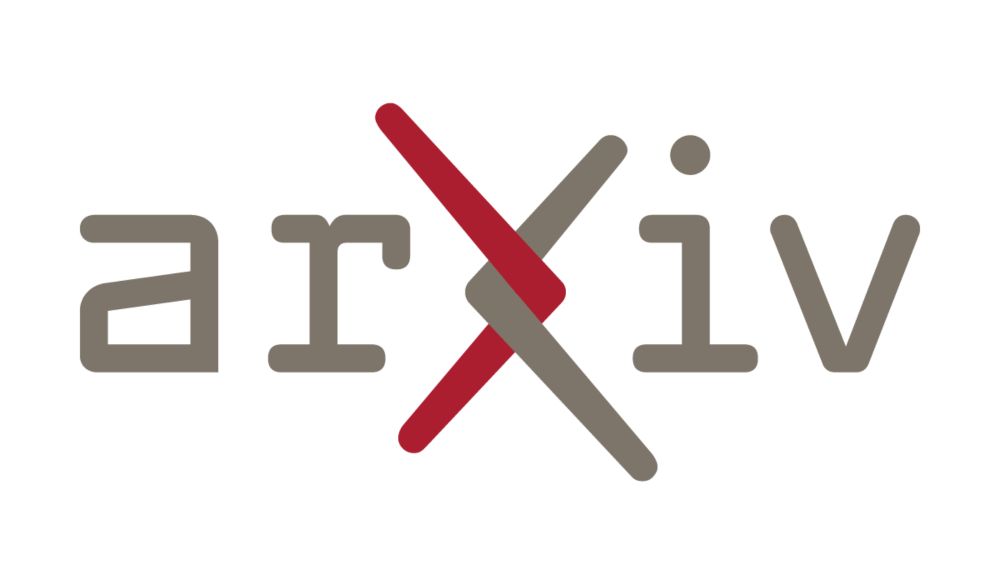
The End of Conscioussness - osf.io/preprints/ps...
but i've learned a lot. thank you for everything.
🧠📈
The key barriers are not algorithms or AI.
🧪#neuroscience 🧠🤖 #MLSky

The key barriers are not algorithms or AI.
🧪#neuroscience 🧠🤖 #MLSky
New preprint by Ballard et al. on using resting-state hemodynamic latency as an indirect marker of dopamine physiology:
“Temporal fMRI Dynamics Map Dopamine Physiology” (bioRxiv, 2025)
🔗 doi.org/10.1101/2025...
#RewardSignals #neurosky #neuroskyence

New preprint by Ballard et al. on using resting-state hemodynamic latency as an indirect marker of dopamine physiology:
“Temporal fMRI Dynamics Map Dopamine Physiology” (bioRxiv, 2025)
🔗 doi.org/10.1101/2025...
#RewardSignals #neurosky #neuroskyence

Read the full opinion piece in @cp-neuron.bsky.social: spkl.io/63322AbxpA
@wiringthebrain.bsky.social, @statsepi.bsky.social, & @deevybee.bsky.social

Caveats:
-*-*-*-*
> These are my opinions, based on my experiences, they are not secret tricks or guarantees
> They are general guidelines, not meant to cover a host of idiosyncrasies and special cases
Caveats:
-*-*-*-*
> These are my opinions, based on my experiences, they are not secret tricks or guarantees
> They are general guidelines, not meant to cover a host of idiosyncrasies and special cases
#neuroskyence
#neuroskyence
Jablonka & Lamb (2020)
Jablonka & Lamb (2020)
irisvanrooijcogsci.com/2024/03/03/t...

irisvanrooijcogsci.com/2024/03/03/t...
tl;dr: you can now chat with a brain scan 🧠💬
1/n

tl;dr: you can now chat with a brain scan 🧠💬
1/n
doi.org/10.1016/j.cu...
doi.org/10.1016/j.cu...
- One in computational cognitive science (due Dec 1)
- One in neurodevelopment (rolling)
🧠🤖
Two calls are open:
Open-rank search, Neurocomputation, deadline: 12.1.25
Senior search, Neurodevelopment, rolling review
🔗 wti.yale.edu/opportunities
#KnowTogether


- One in computational cognitive science (due Dec 1)
- One in neurodevelopment (rolling)
🧠🤖

Attentional failures after sleep deprivation are locked to joint neurovascular, pupil and cerebrospinal fluid flow dynamics.
🧪🧠 #neuroskyence
www.nature.com/articles/s41...

Attentional failures after sleep deprivation are locked to joint neurovascular, pupil and cerebrospinal fluid flow dynamics.
🧪🧠 #neuroskyence
www.nature.com/articles/s41...
Excellent reporting by @bruceylee.bsky.social in @forbes.com about the new NIH multi year funding policy decimating US biomedical research.
www.forbes.com/sites/brucel...

Excellent reporting by @bruceylee.bsky.social in @forbes.com about the new NIH multi year funding policy decimating US biomedical research.
www.forbes.com/sites/brucel...
MindCORE is an interdisciplinary effort at Penn to understand human intelligence and behavior.
Apply by Dec 1: mindcore.sas.upenn.edu/post-doctora...

dailyneuron.com/psychology-o...

dailyneuron.com/psychology-o...
#neuroskyence
#PsychSciSky
www.nature.com/articles/s41...

#neuroskyence
#PsychSciSky
www.nature.com/articles/s41...

This study tests the intuition that explicit reasoning plus preference alignment can make tiny models reason in a readable and steerable way.
shekswess.github.io/tiny-reasoni...

This study tests the intuition that explicit reasoning plus preference alignment can make tiny models reason in a readable and steerable way.
shekswess.github.io/tiny-reasoni...
We may have an answer: integration of learned priors through feedback. New paper with @kenmiller.bsky.social! 🧵
We may have an answer: integration of learned priors through feedback. New paper with @kenmiller.bsky.social! 🧵
www.sciencedirect.com/science/arti...
#neuroscience

www.sciencedirect.com/science/arti...
#neuroscience

